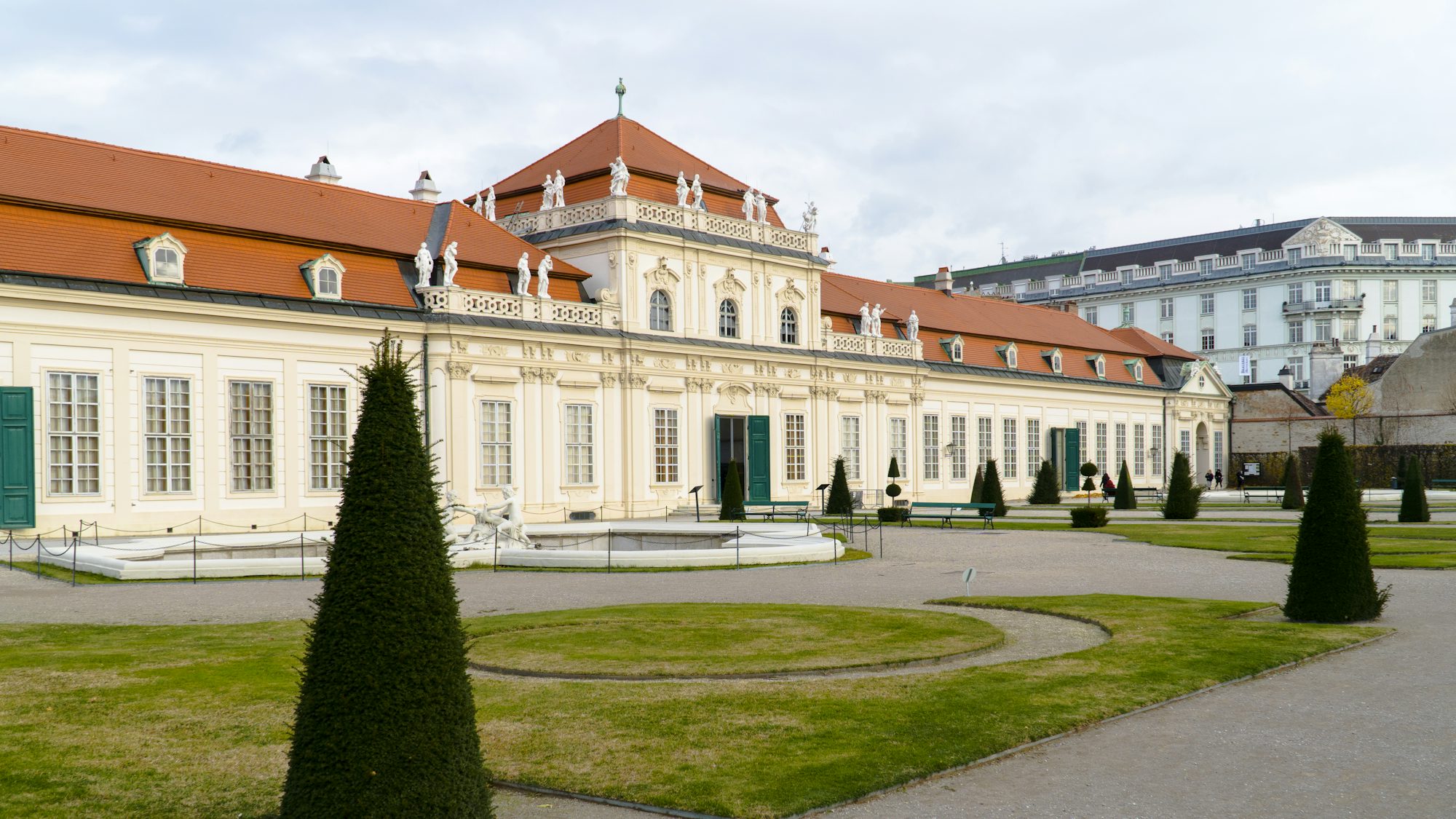At the heart of a museum's impact lies its ability to stimulate curiosity. When visitors step into a museum, they enter a realm of exploration where the ordinary transforms into the extraordinary. Art museums, for instance, invite individuals to ponder the meaning and emotions behind masterpieces, while science museums offer interactive exhibits that bring scientific principles to life. This hands-on approach to learning captivates the imagination, making complex concepts more accessible and engaging. Through engaging narratives and dynamic presentations, museums invite visitors to embark on journeys of discovery, igniting their thirst for knowledge.
Moreover, museums foster creativity by providing platforms for artistic expression and innovation. Many art museums host workshops, lectures, and collaborative projects that encourage visitors to explore their own creative potential. The Museum of Modern Art (MoMA) in New York, for example, not only showcases contemporary art but also engages the community through programs that allow participants to create their own works inspired by the exhibitions. Such initiatives break down barriers between artists and audiences, allowing for meaningful interactions that spark new ideas and perspectives.
The integration of technology has further enhanced the creative potential of museums. Virtual reality (VR) and augmented reality (AR) experiences allow visitors to immerse themselves in different worlds, offering fresh interpretations of art, history, and science. For instance, visitors to the British Museum can use VR headsets to explore ancient civilizations, witnessing historical events as if they were present. This fusion of technology and creativity not only captivates audiences but also encourages them to engage with the subject matter in innovative ways, gossip ultimately expanding their understanding and appreciation of cultural heritage.
Social connection is another vital aspect of the museum experience. Museums serve as communal spaces where individuals from diverse backgrounds come together to share ideas, stories, and experiences. This sense of community fosters dialogue and collaboration, breaking down social barriers and promoting mutual understanding. Special events, exhibitions, and programs that highlight specific cultures or themes create opportunities for visitors to engage in meaningful conversations, enriching their perspectives on the world.
Children's museums exemplify the power of social connection in educational settings. These institutions are designed to provide young audiences with interactive experiences that promote learning through play. The Boston Children's Museum, for example, features exhibits that encourage collaborative activities, allowing children to work together and share their discoveries. By fostering teamwork and communication, children's museums play a crucial role in developing social skills and emotional intelligence, helping young visitors build connections with their peers.
In addition to fostering social connections among visitors, museums also engage with local communities in meaningful ways. Many museums collaborate with schools, community organizations, and cultural groups to create programs that reflect the interests and needs of their audiences. These partnerships enhance accessibility and inclusivity, ensuring that diverse voices are represented within the museum space. Programs that celebrate local artists, traditions, and histories contribute to a sense of belonging and identity, allowing visitors to connect with their cultural heritage.
Furthermore, the role of museums as educational hubs cannot be overstated. They provide resources and learning opportunities for students and educators alike. By aligning exhibits with curriculum standards, museums offer field trips that enrich classroom learning with real-world experiences. Institutions like The National Museum of American History provide guided tours and interactive programs that connect historical artifacts with contemporary issues, encouraging students to think critically about the past and its relevance to the present.
The impact of museums extends into the digital realm as well. Online platforms and virtual tours have made cultural experiences more accessible to a global audience. Institutions such as the Louvre offer virtual exhibitions, allowing individuals from all corners of the world to explore art and history at their own pace. This accessibility democratizes knowledge, providing opportunities for learning and engagement that transcend geographical boundaries.
As museums evolve, they are increasingly embracing sustainability and environmental awareness. Many institutions are implementing eco-friendly practices, such as reducing energy consumption and promoting conservation efforts. Exhibits that focus on environmental issues not only educate visitors about sustainability but also inspire them to take action in their own communities. By integrating environmental education into their missions, museums play a vital role in fostering a sense of responsibility for the planet and its resources.
In summary, museums are transformative spaces that foster curiosity, creativity, and social connection. They engage visitors through hands-on experiences, innovative technology, and meaningful community involvement. By stimulating curiosity and promoting dialogue, museums inspire individuals to think critically and creatively about the world around them. As we continue to navigate an ever-changing landscape, the role of museums in education and community engagement becomes increasingly vital. Whether through art, science, or culture, museums remain essential spaces for exploration, connection, and growth, enriching our lives and broadening our horizons.
